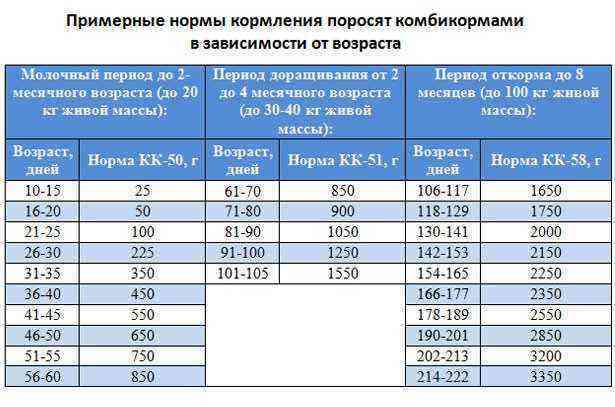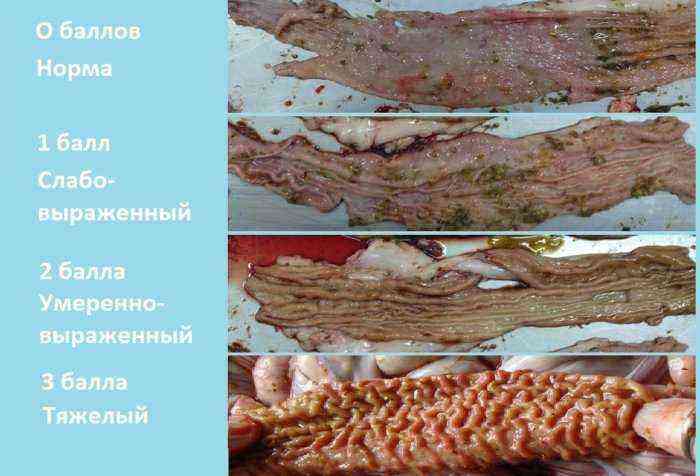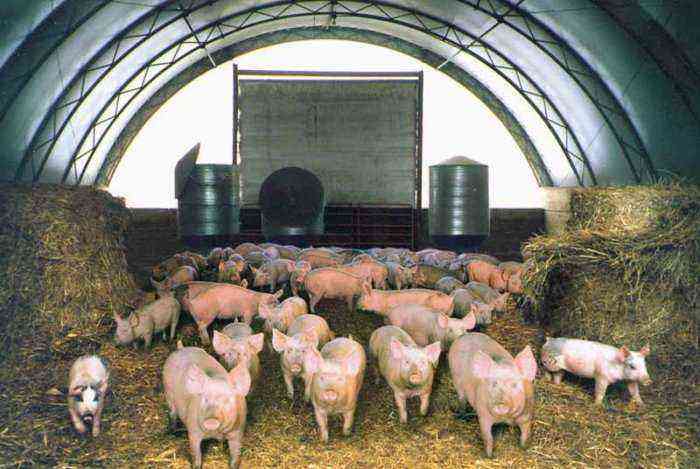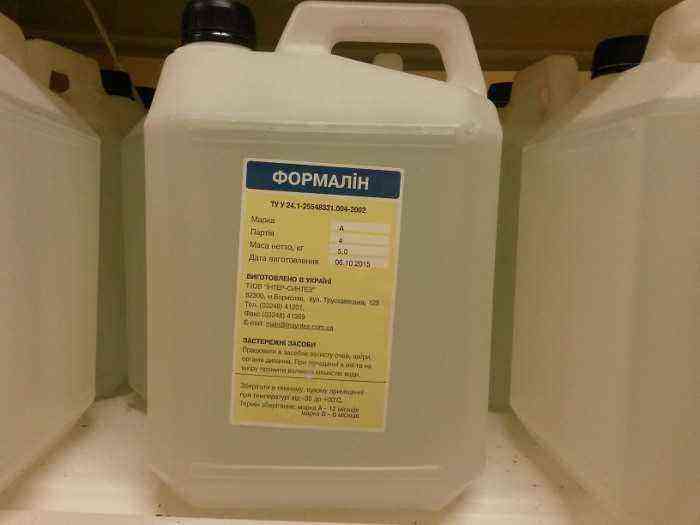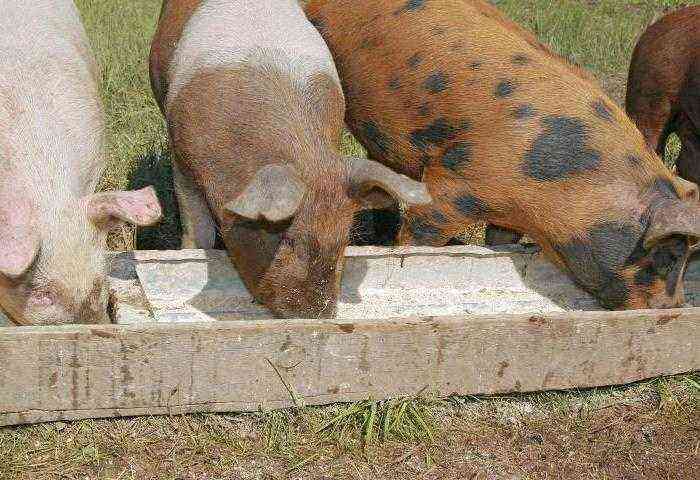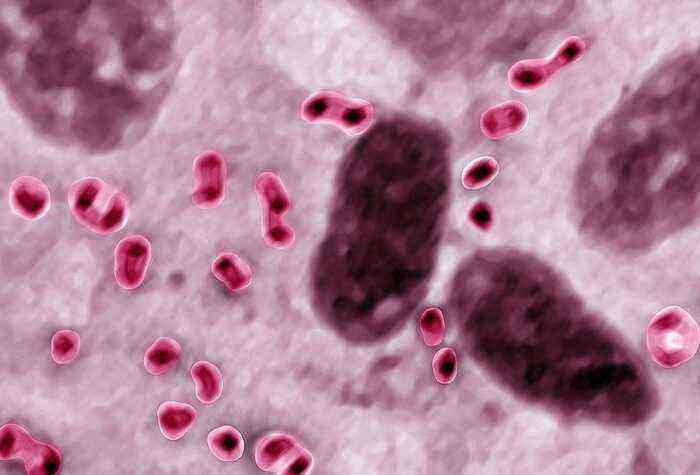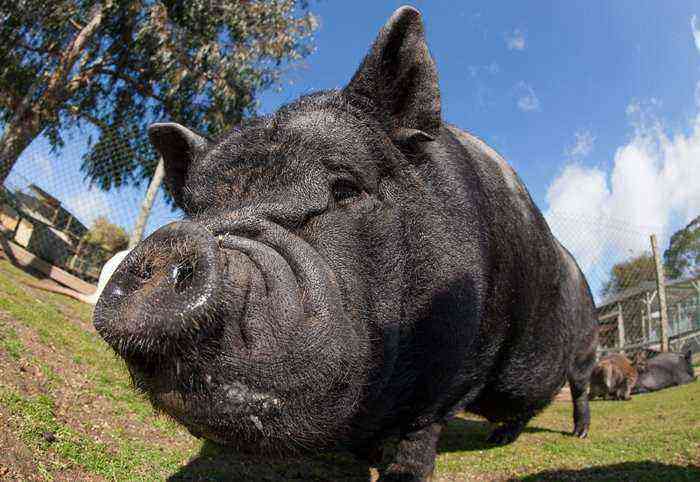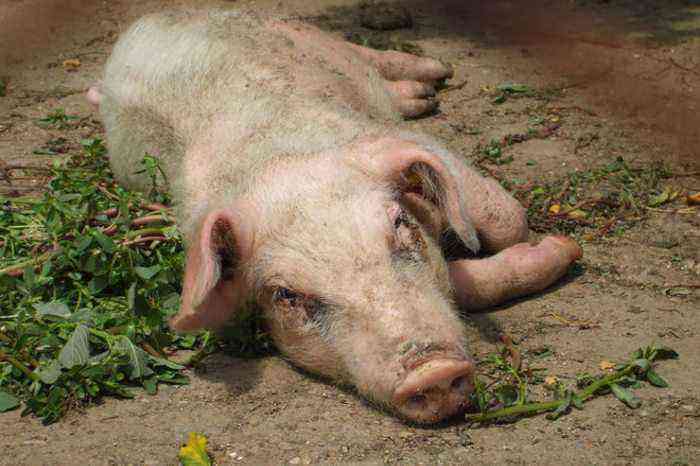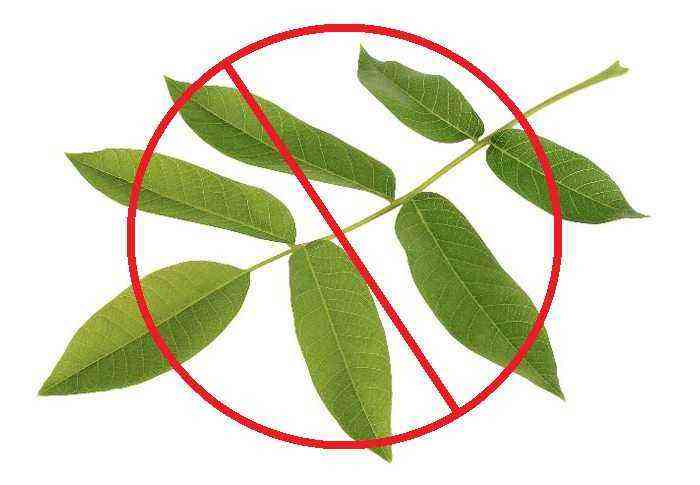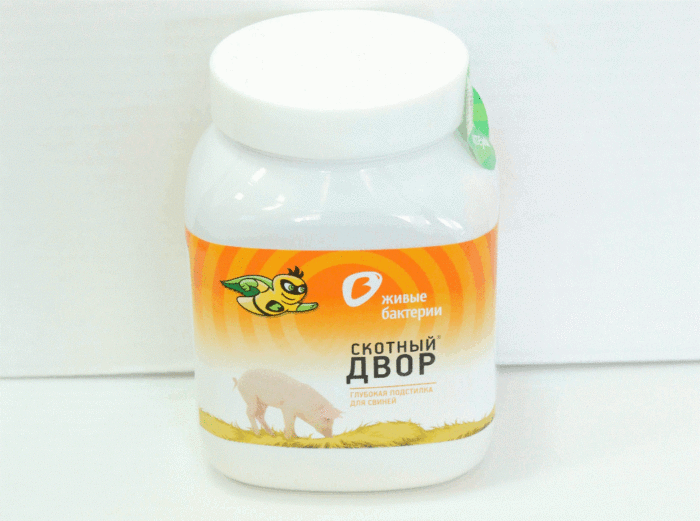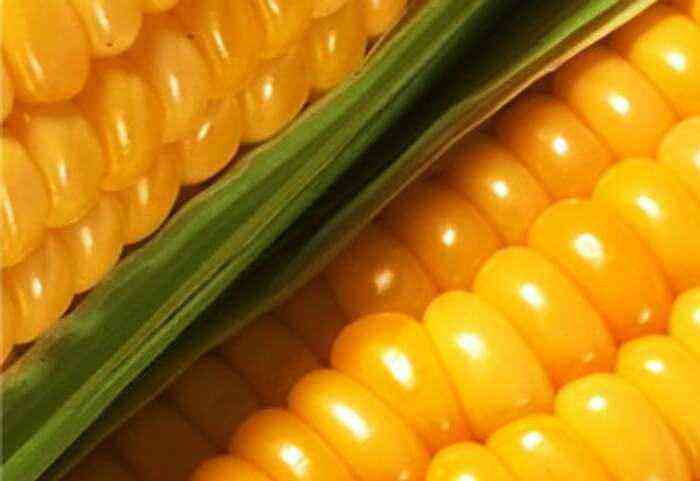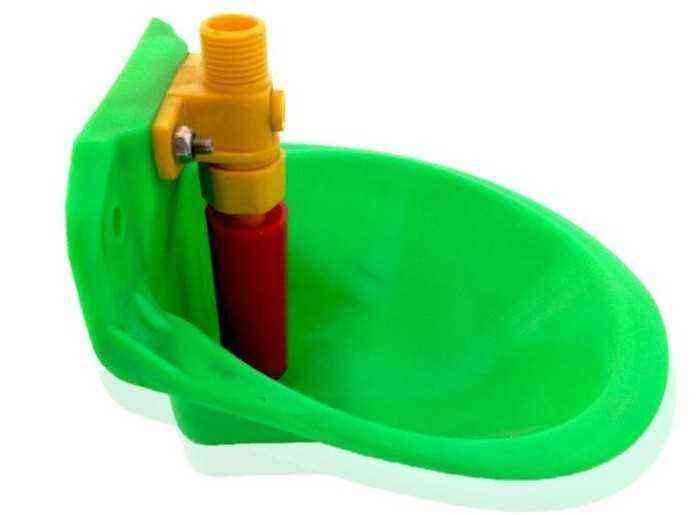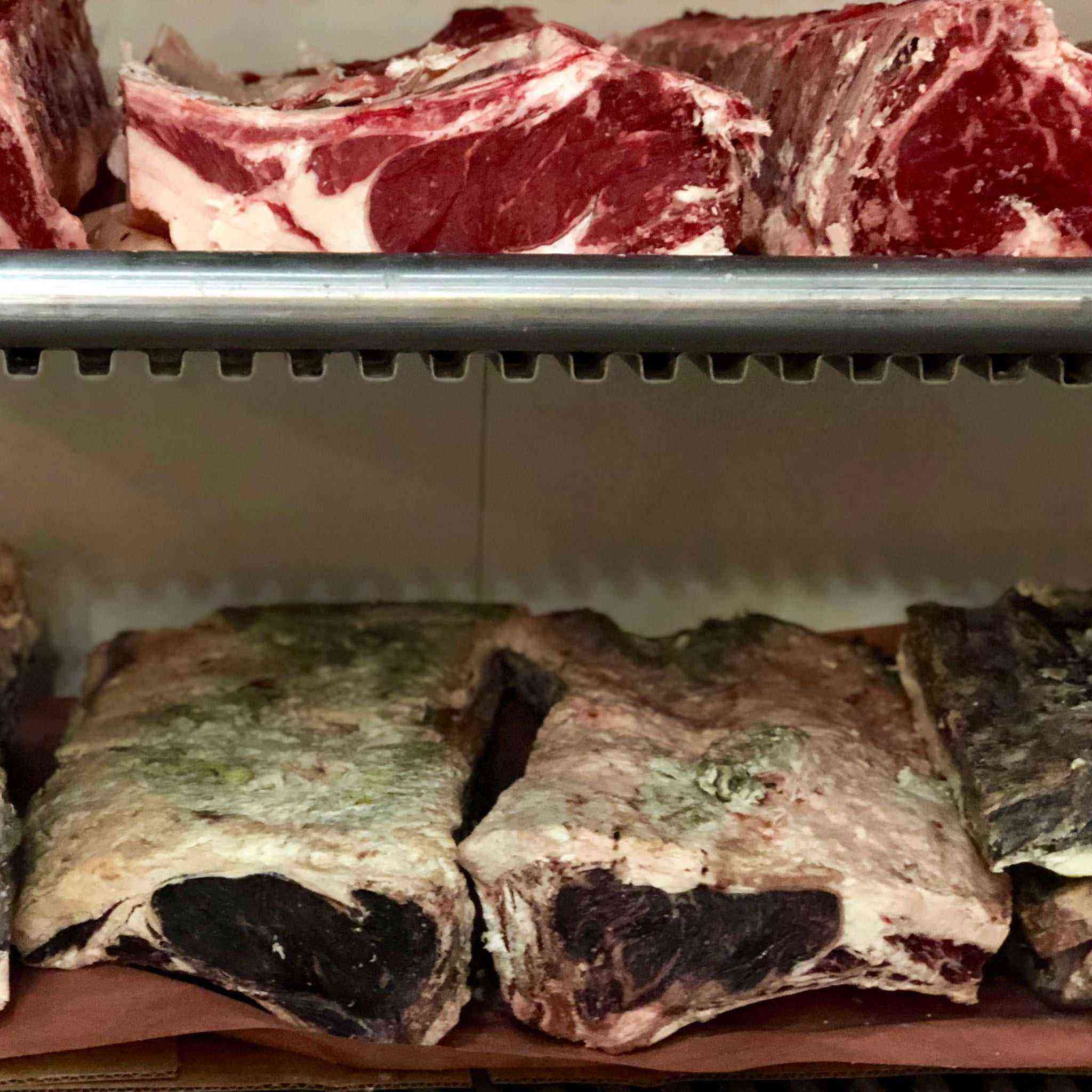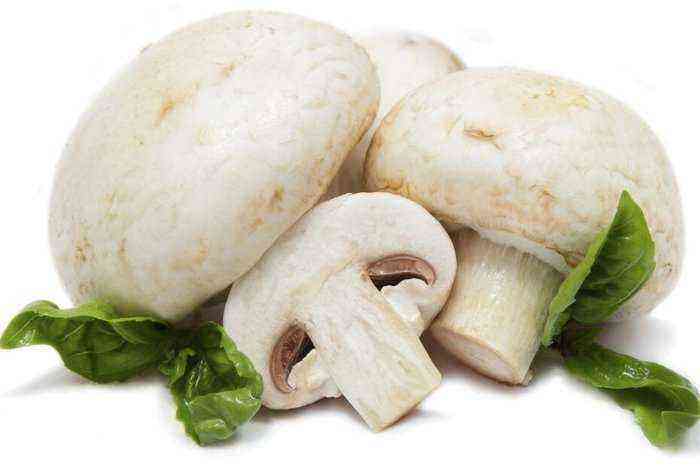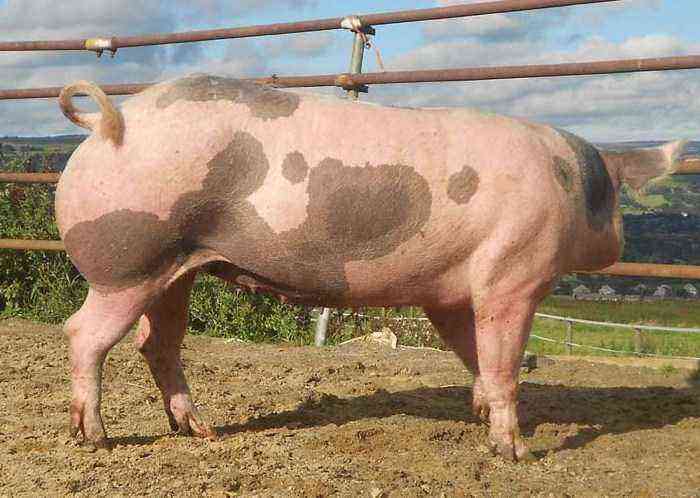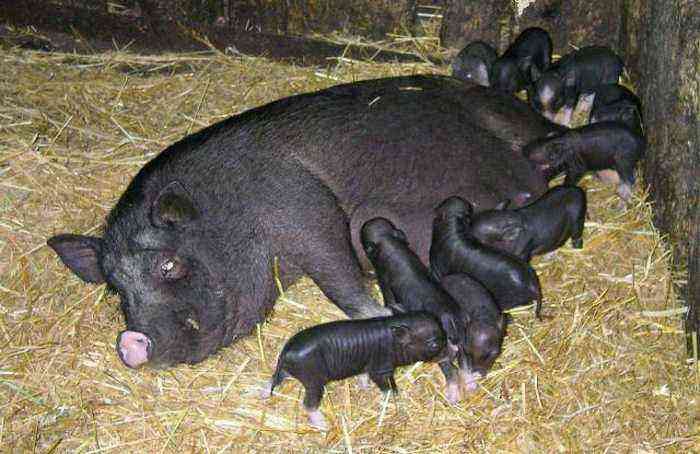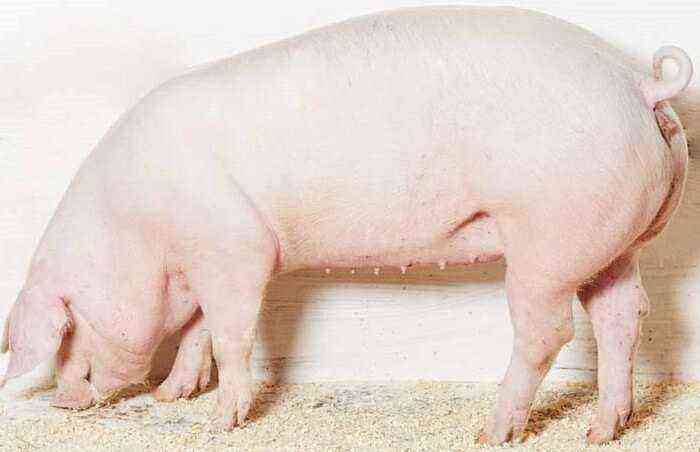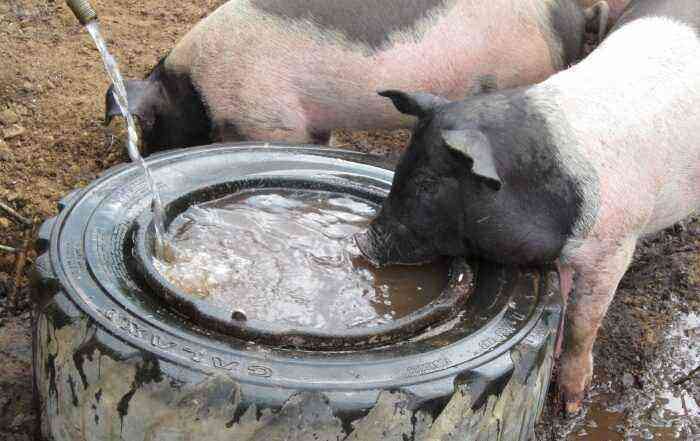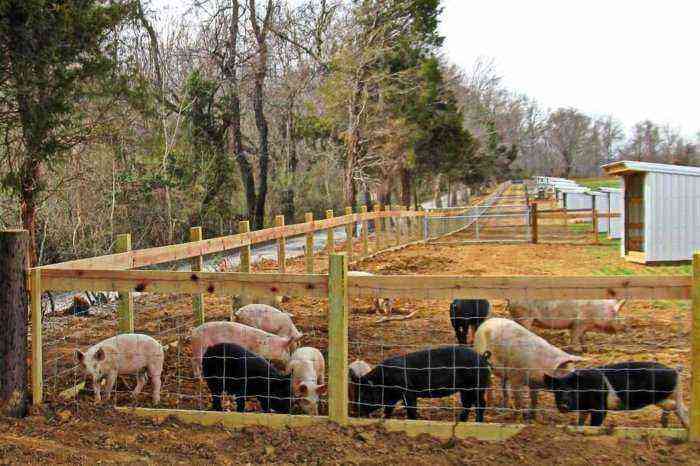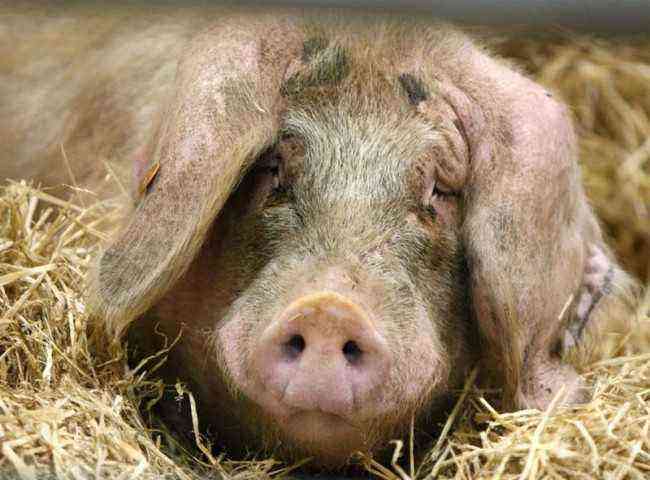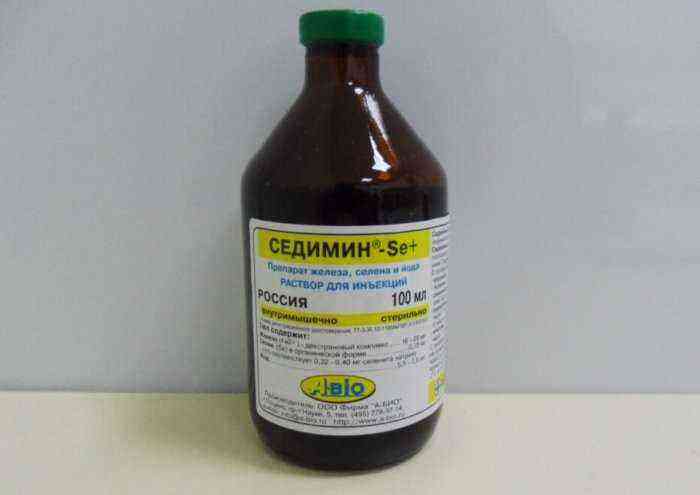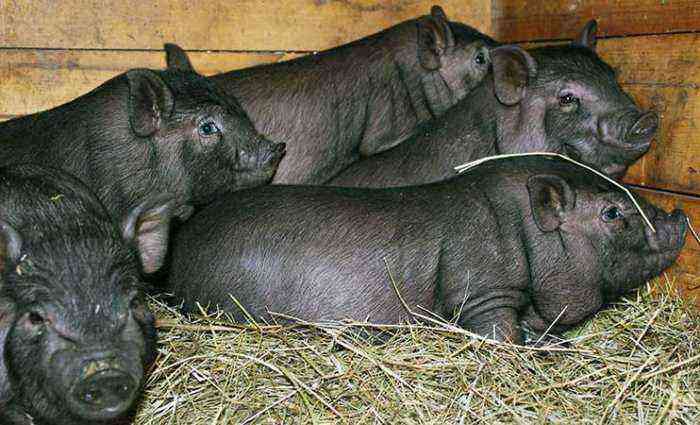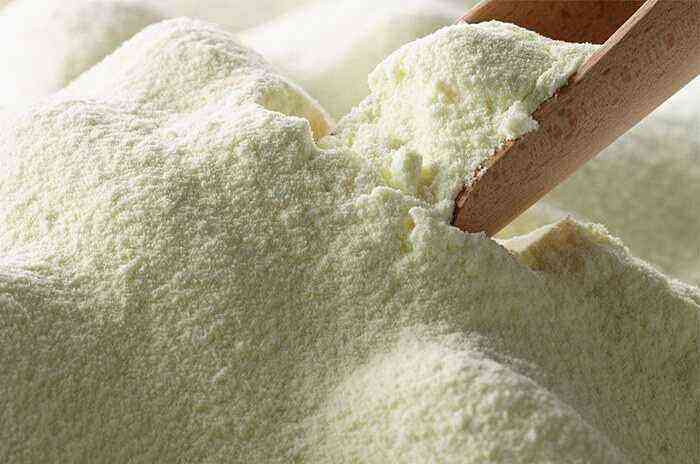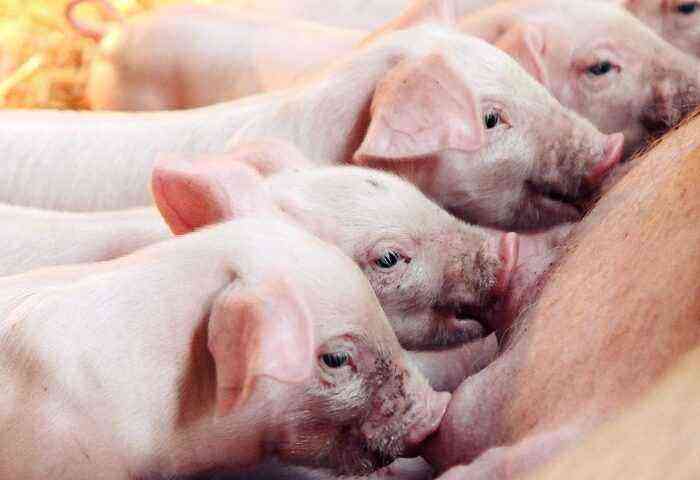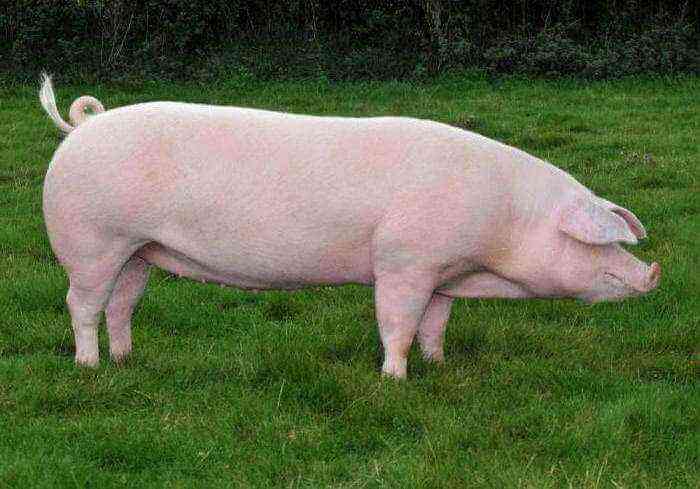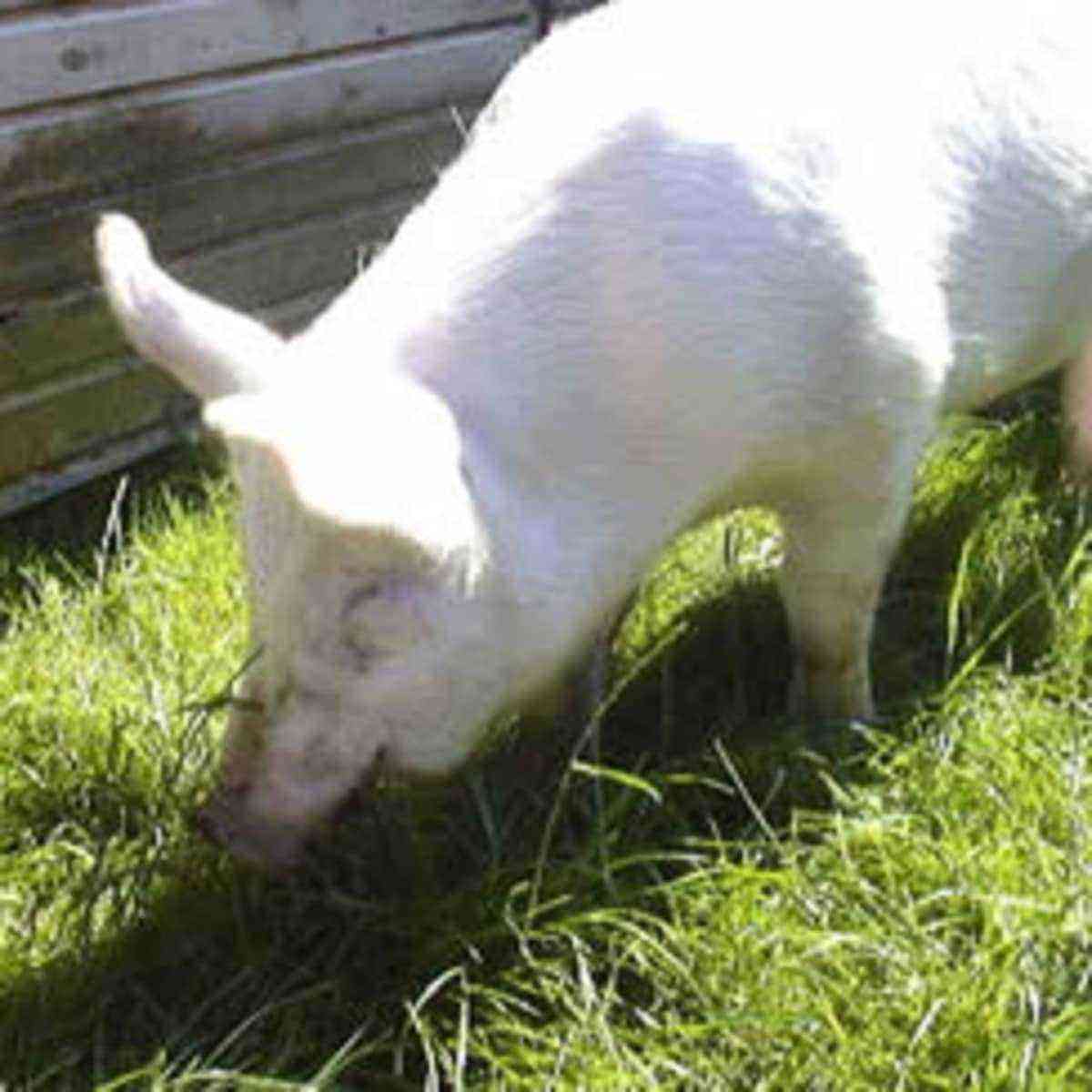Methods for preparing concentrated feed for feeding are quite diverse. Their choice is determined by the age and number of animals, the quality of feed and the availability of free time for an amateur pig breeder.
Roasting grain
Grain roasting is practiced by pig breeders to train suckling pigs to eat concentrates. To do this, use the grain of barley, wheat, corn, peas, soybeans. First, it is soaked until swelling, then fried until light brown. This gives the grain an aroma, a pleasant taste, increases the digestibility of starch and disinfects from fungi. Feed roasted grain piglets begin on the 5th day of life.
Germination of grain
Grain sprouting is used to enrich the diets of pigs with vitamins B, E and mineral salts in the winter-spring period. The germination process is quite simple, and it can be easily established both on the farm and in personal subsidiary plots. For this, only a heated room is needed. The grains prepared for germination are soaked for 12 hours at a temperature of 15 ° C, then they are kept for 2-3 days in a warm, bright room at a temperature of 20-25 ° C in a scattered thin layer until 2-3 stem sprouts about 5 cm long appear. When the grain germinates, starch turns into easily digestible dextrins, and this gives the feed a sweetish taste.
Piglets are fed sprouted grain as a flavoring additive from the 20th day, gradually bringing the daily rate to 150-250 g per head.
Cooking and steaming grain
Boiling and steaming of grain does not have any positive effect on increasing the digestibility and absorption of feed nutrients, does not provide any advantages for growth rate and feed savings when fattening pigs compared to fattening dry, unprepared feed. Cooking and steaming require additional costs for fuel and electricity. In addition, cooking leads to the disintegration of a number of biologically active substances.
Grain cereals are recommended to be steamed or boiled only if it is affected by smut, ergot, mold.
Legume grains are best fed after grinding and boiling for 1 hour or steaming for 30-40 minutes. As a result of thermal exposure, grain proteins become biologically more complete and are better used by animals. The growth of fattening pigs is increased by 20%, and feed consumption is reduced by 15-19%.
Malting of grain feed
Malting grain feed is used to improve their palatability. To do this, use wooden boxes, barrels, troughs and other containers. Chopped feed or grain waste is poured into containers with hot water (90 ° C) at the rate of 2-2,5 parts of water per one part of feed, thoroughly mixed, covered with a lid or burlap and left for 3-4 hours at a temperature of 55-60 ° C , which is most favorable for the activation of enzymatic processes in the grain. In the process of malting, the starch present in the feed is converted into sugar by the action of the diastase enzyme. Its amount in malted food increases 12 times, which makes the food sweet in taste.
The positive effect of malting is especially noticeable when using corn grist. When it is fed, the duration of fattening pigs is reduced by 15-17 days. At the same time, feed costs per 1 kg of growth are reduced by 0,5 feed. units
The malting process is simple and accessible to any amateur pig breeder.
